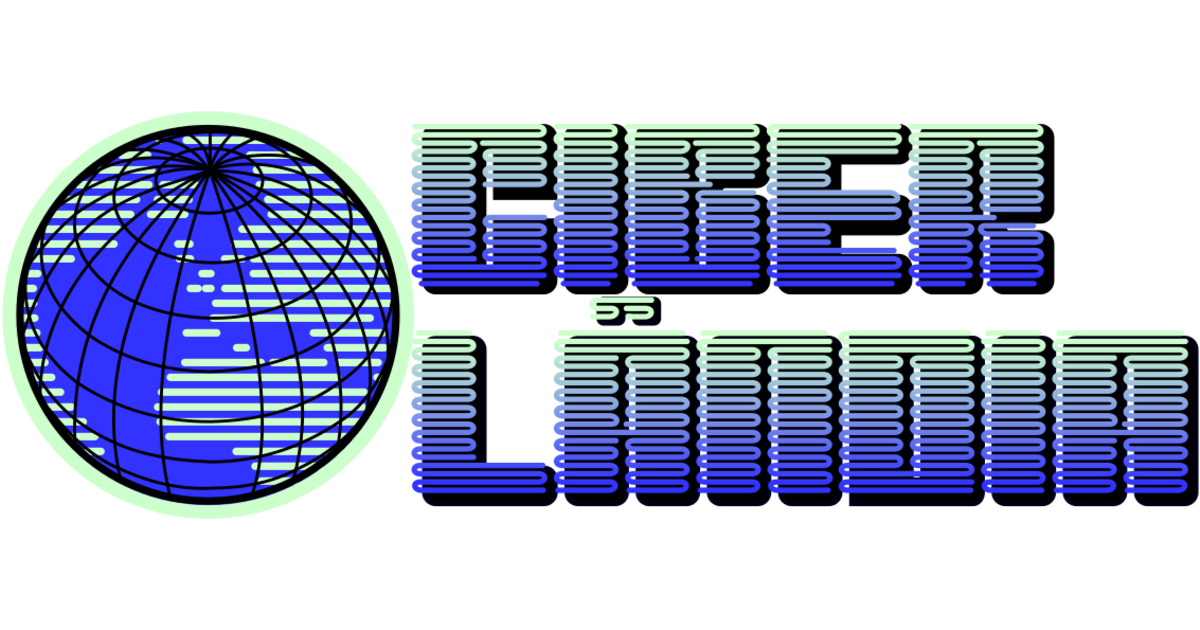ciberlandia.pt é um dos muitos servidores Mastodon independentes que podes utilizar para participar no fediverso.

Uma instância 🇵🇹 dedicada à tecnopolítica e também a tudo o resto. Regras e termos em ciberlandia.pt ❤️ 🏳️🌈
Administrado por:
Estatísticas do servidor:
98utilizadores activos
ciberlandia.pt: Sobre · Índice de contas · Política de privacidade
Mastodon: Sobre · Obtém a aplicação · Atalhos do teclado · Ver código-fonte · v4.4.0-alpha.5+glitch
Explorar
O Mastodon é a melhor maneira de acompanhar o que está a acontecer.
Siga alguém no fediverso e veja tudo em ordem cronológica. Sem algoritmos, anúncios ou clickbait à vista.
Criar uma contaIniciar sessãoArrasta e solta para enviar
